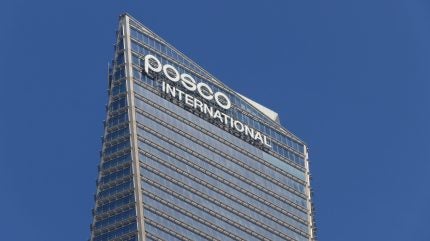
South Korean trading and energy exploration company POSCO International has announced the completion of the Gwangyang LNG Terminal 1.
The new terminal is said to be Korea’s first non-state-run LNG terminal.
The facility, which includes six storage tanks, has a storage capacity of 930,000 kilolitres and a port with a docking capacity that can accommodate 180,000m³-class LNG carriers.
Gwangyang LNG Terminal 1, located approximately 300km south of Seoul, has been under construction since 2002, with an investment of 1.05trn won ($759m).
The facility’s first tank became operational in 2005 and now, with the completion of all six tanks, the terminal is fully functional.
It is designed to receive, store and regasify LNG for distribution to clients.
The tanks at the terminal, particularly tanks five and six, feature advanced materials such as high manganese steel, produced by POSCO’s steelmaking affiliate, to store LNG at extremely low temperatures.
POSCO International stated that Terminal 1 would provide a full range of services including offloading, storage and regasification to POSCO Group and its partners such as S-Oil and SK E&S.
POSCO International chief executive Lee Kye-in was quoted by the Korea Economic Daily as saying: “Our goal is to ensure a stable supply of energy in Korea and strengthen our competitiveness in the global energy market through automated and optimal operation of the LNG terminals.”
Furthermore, POSCO International is constructing a second LNG terminal adjacent to the first.
Gwangyang Terminal 2, which broke ground in January last year, is expected to be completed by 2026.
This expansion will boost POSCO International’s total storage capacity to 1.33 million kilolitres.
With these developments, POSCO International aims to enhance its LNG value chain, from liquefaction to trading.
The company is also exploring opportunities in the blue hydrogen sector, aligning with South Korea’s broader energy strategies.
Last month, the country, a major energy importer, announced plans for offshore oil and gas exploratory drilling, seeking to expand its energy resources.



